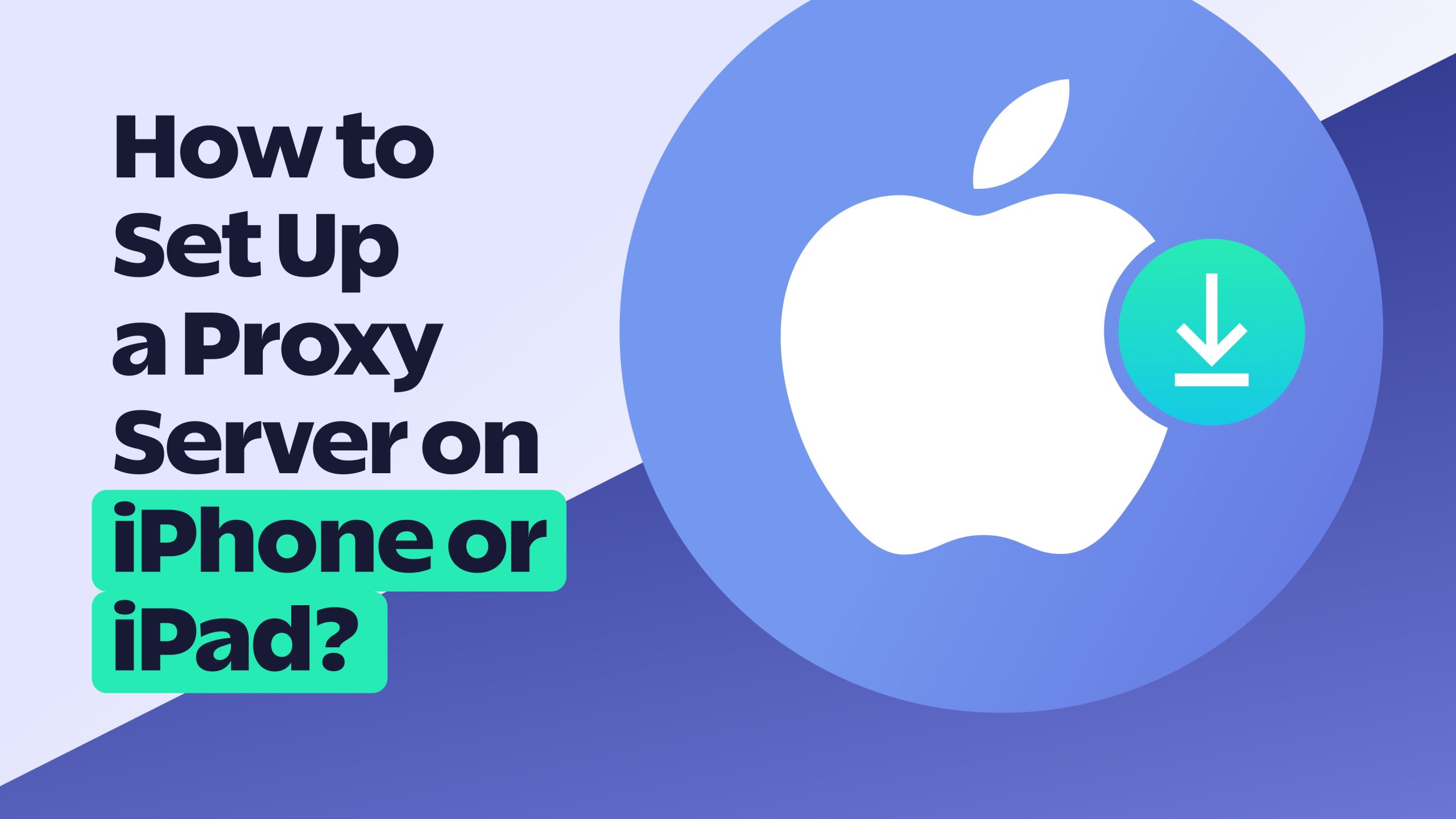
Understanding Proxy Technologies in the Mobile Ecosystem
In our increasingly connected digital landscape, understanding proxy servers represents more than just technical knowledge—it‘s about reclaiming control over your online privacy and network interactions. For iPhone and iPad users, proxy technologies offer a sophisticated mechanism to navigate complex network environments while maintaining robust security protocols.
The Evolution of Proxy Technologies
Proxy servers have transformed dramatically since their inception in early internet architectures. What began as simple intermediary network routing mechanisms have now become sophisticated tools for privacy protection, content access, and network optimization. The mobile ecosystem, particularly iOS devices, has dramatically accelerated this technological evolution.
Network Architecture: The Foundation of Proxy Functionality
When you connect your iPhone or iPad to the internet, multiple complex interactions occur beneath the surface. Traditional network connections establish direct communication pathways between your device and destination servers. Proxy servers fundamentally interrupt and redirect these communication channels, introducing an additional layer of abstraction and security.
How Proxy Servers Operate
A proxy server functions as a sophisticated network gateway, intercepting and forwarding network requests on behalf of your device. Unlike direct connections, proxy servers:
- Mask your original IP address
- Provide geographical IP obfuscation
- Enable selective network routing
- Implement advanced security filtering
iOS Networking: A Technical Deep Dive
Apple‘s iOS represents a meticulously engineered networking environment with robust built-in security mechanisms. The operating system‘s network stack provides multiple configuration points for proxy implementation, allowing granular control over network interactions.
Network Configuration Layers
iOS networking architecture comprises several critical layers:
- Physical Network Interface
- Network Protocol Management
- Connection Routing
- Security Validation
- Application-Level Networking
Each layer represents an opportunity for proxy server integration, enabling sophisticated network management strategies.
Configuring Proxy Servers: Comprehensive Implementation Guide
Manual Proxy Configuration
Configuring a proxy server on your iPhone or iPad requires precise technical understanding. The process involves navigating complex network settings while maintaining system integrity.
Step-by-Step Configuration Process
- Open the "Settings" application
- Navigate to "Wi-Fi" network configurations
- Select your current network connection
- Access advanced network settings
- Locate "HTTP Proxy" configuration section
Automatic vs. Manual Proxy Setup
iOS provides two primary proxy configuration methodologies:
Automatic Configuration
- Uses predefined configuration scripts
- Dynamically adjusts network routing
- Simplifies complex network environments
Manual Configuration
- Provides granular control
- Requires specific server details
- Ideal for specialized network requirements
Security Considerations in Proxy Implementation
Implementing a proxy server introduces multiple security considerations. While proxy technologies enhance privacy, they simultaneously create potential network vulnerabilities that require careful management.
Risk Mitigation Strategies
- Utilize reputable proxy service providers
- Implement multi-factor authentication
- Regularly update network configurations
- Monitor network traffic patterns
- Use encrypted proxy protocols
Advanced Proxy Technologies
Modern proxy implementations extend far beyond traditional network routing. Emerging technologies like SOCKS5, residential proxy networks, and machine-learning-powered routing mechanisms are revolutionizing mobile networking strategies.
Emerging Proxy Paradigms
- Residential IP proxy networks
- Machine learning-enhanced routing
- Blockchain-based anonymization techniques
- Zero-knowledge network architectures
Performance Optimization Techniques
Proxy server performance directly impacts user experience. Understanding optimization strategies helps maintain network speed and reliability while preserving privacy protections.
Optimization Considerations
- Select geographically proximate servers
- Utilize high-bandwidth proxy providers
- Implement intelligent routing algorithms
- Monitor connection latency
- Use adaptive network switching
Legal and Ethical Frameworks
Proxy server usage exists within complex legal and ethical landscapes. Responsible implementation requires understanding regional regulations and maintaining ethical networking practices.
Ethical Networking Principles
- Respect terms of service agreements
- Avoid circumventing intentional restrictions
- Protect personal and organizational data
- Maintain transparency in network interactions
Future of Mobile Networking
The proxy server ecosystem continues evolving rapidly. Emerging technologies like 5G, edge computing, and distributed network architectures will fundamentally transform how mobile devices interact with global network infrastructures.
Technological Horizons
- Artificial intelligence-powered routing
- Quantum encryption technologies
- Decentralized network architectures
- Enhanced privacy preservation mechanisms
Conclusion: Empowering Your Digital Sovereignty
Proxy servers represent more than technical configurations—they‘re powerful tools for maintaining digital autonomy. By understanding these technologies, you transform from a passive network consumer to an active, informed participant in the global digital ecosystem.
Your journey into advanced networking has only just begun. Embrace curiosity, prioritize continuous learning, and never stop exploring the intricate world of network technologies.






